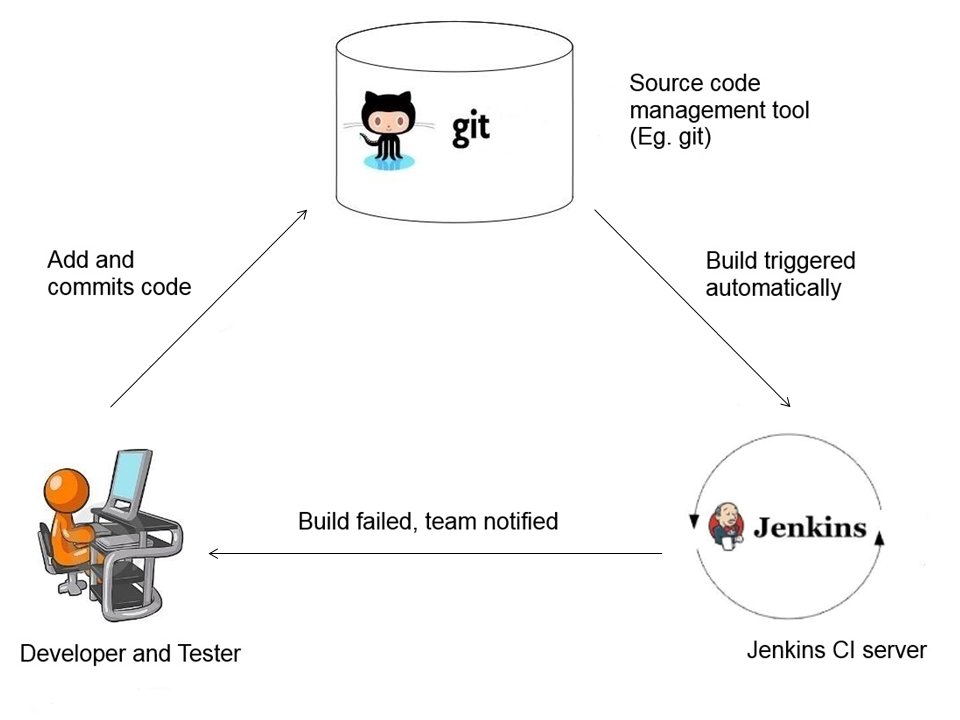Augmented reality, known as AR is one of the hot topics in software development paradigm. So what is augmented reality? AR is a concept which offers live view of existing real world environment with computer generated inputs which includes sound, graphics, text and video. However, apart from software ecosystem, AR is being widely used in mobile learning to educate users, owing to the rise of mobile devices.
What is the role of AR in mobile learning?
The learners and educators are highly benefited from augmented reality. It allows them to think profoundly on the situation of learner by providing them augmented experiences in real-world environment wherever they are located. Augmented reality takes learning to a whole new level irrespective of environment and location, by providing a great learning experience to learners.
Learners and educators can use devices like smartphone, wearable device or a tablet with an installed software or app to identify and scan an image and display its augmented pattern in the device.
4 ways where mobile and AR can be combined for learning purpose
- Mobility of the user
- Geographical position of the user
- Location of learning (physical)
- A place where formal learning can be connected with informal learning
How AR can be used for the purpose of learning?
- Hyper linking the physical world - This is one of most developed and simplest form of AR which does not involve any real time graphics. Example is QR codes which are been widely adapted everywhere.
- AR based on Markers - Marker is considered as the hard copy of black and white square image which is placed in front of web cam for a 3D animation. Markers usually reflect the text, sound or visuals.
- AR without Markers – Markerless AR compromises of GPS and compass, one of the most powerful experience in AR. It requires taking out your mobile and experience the AR.
- Vision based AR - A form of wearable display usually lightweight.









